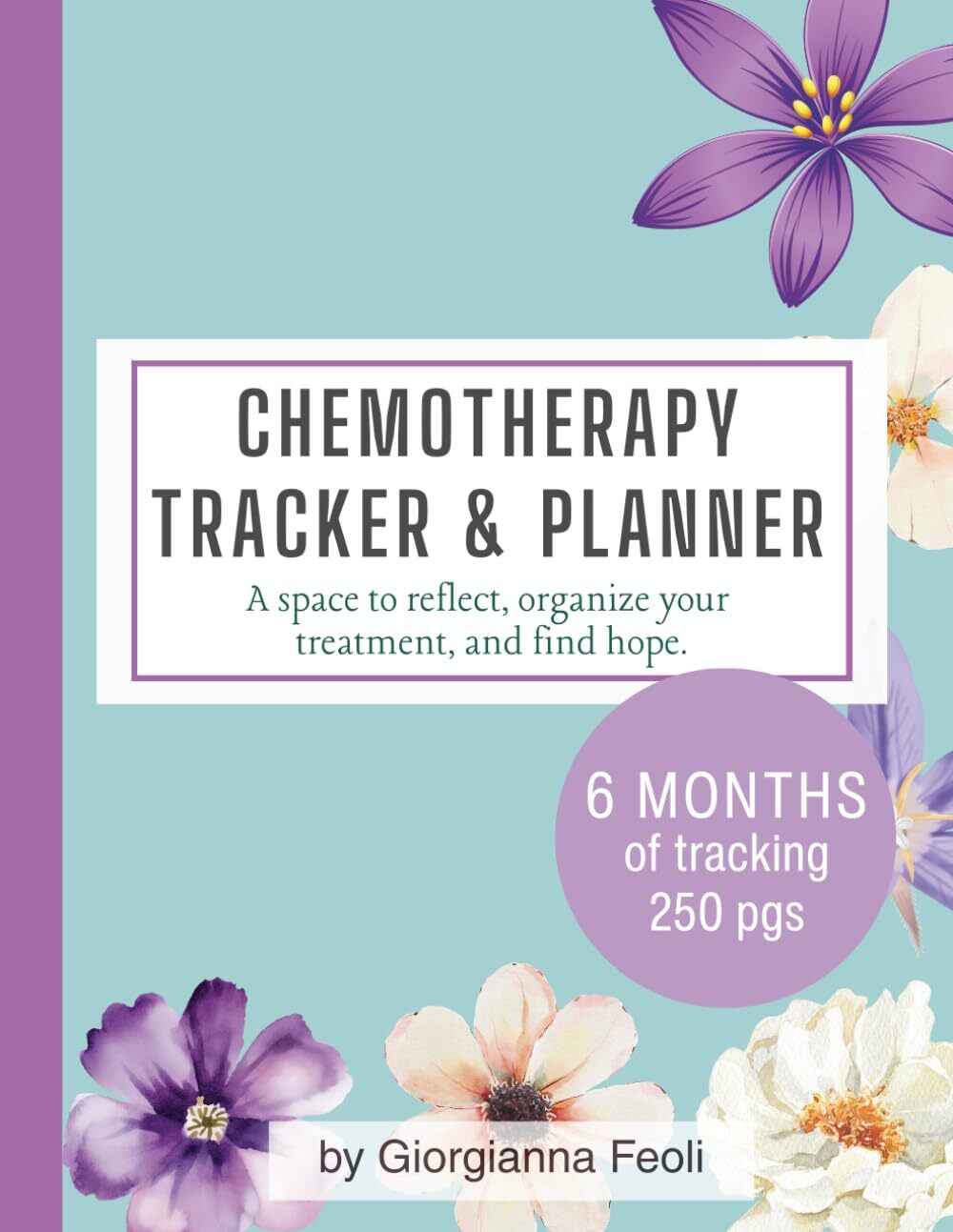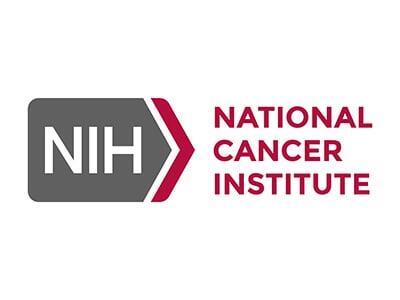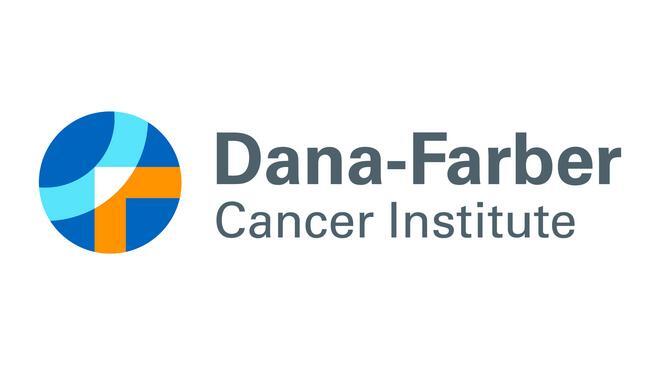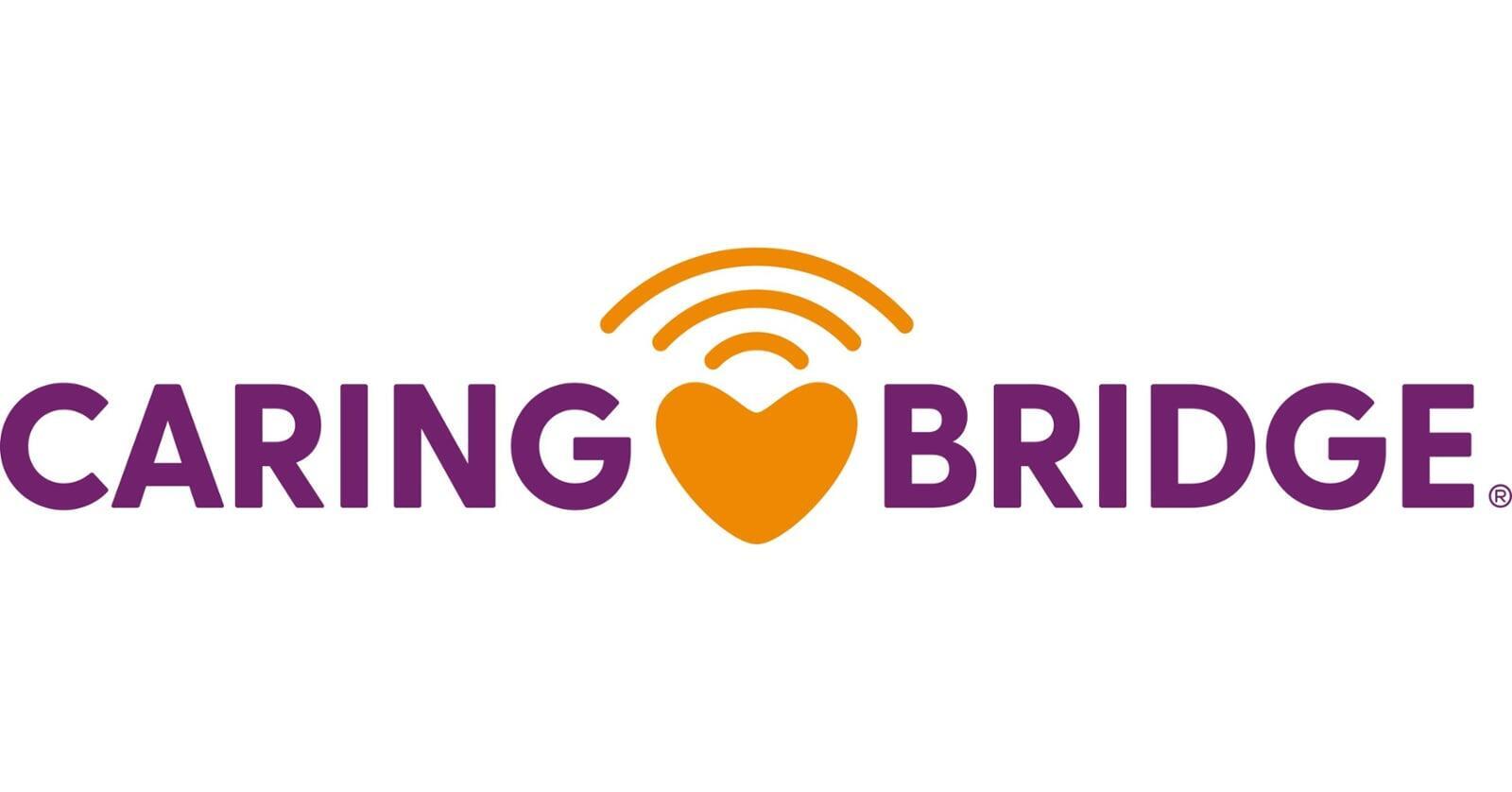Tracking Progress
Monitoring Recovery Milestones for Cancer Survivors

Introduction
Tracking Progress involves regularly monitoring and recording milestones in physical, emotional, and social recovery to support cancer survivors at all stages. This practice fosters self-awareness, motivation, and informed decision-making by providing clear insights into health and well-being trends.
Why It Works
Tracking Progress empowers survivors by offering tangible evidence of improvement, boosting confidence, and adherence to recovery goals. Research shows that consistent monitoring enhances self-efficacy, reduces anxiety, and supports better management of symptoms like fatigue or emotional distress, leading to improved quality of life.
How To Do It
Instructions:
1. Identify Key Metrics
- During Treatment: Track symptoms (e.g., fatigue, nausea) or medication adherence.
- Early Recovery: Monitor energy levels, physical activity, or mood changes.
- Late Recovery: Record long-term goals like fitness improvements or social engagement.
Helpful Tips:
- Keep it simple: Track 1–3 metrics to avoid overwhelm.
- Be consistent: Log at the same time daily or weekly for accuracy.
- Use visuals: Charts or graphs can highlight progress trends.
- Stay flexible: Adjust tracking focus as recovery needs change.
- Seek support: Share logs with a caregiver or support group for encouragement.
- Protect privacy: Ensure digital tools are secure for sensitive health data.
- Combine methods: Pair journaling with apps for comprehensive tracking.
- Reflect regularly: Use logs to celebrate small wins and plan next steps.
- Be patient: Progress may be slow, especially during treatment.
Recommended Videos
CARES Group: Tracking Symptoms
National Cancer Institute
What Are The Best Ways To Track Cancer Medication Side Effects?
Oncology Support Network
Cancer Side Effects Not Worth Tracking?
People Beating Cancer
Influential Books
The Quantified Self movement has emerged to promote 'self-knowledge through numbers'.
This daily planner is thoughtfully designed to help you manage your emotions, track your health progress, and stay focused on your healing journey.
6-Month Chemo Treatment & Follow-Up Planner to Track Medications, Side Effects, Appointments & Emotions – Encouraging Gift for Female Cancer Patients Battling Cancer
* As an Amazon Associate I earn from qualifying purchases.
Helpful Websites
Popular Apps
Scientific Research
- Stanton, A. L., et al. (2015). Randomized controlled trial of expressive writing for patients with cancer. Journal of Clinical Oncology, 33(6), 663–670. https://pubmed.ncbi.nlm.nih.gov/25581821/
- Speck, R. M., et al. (2010). An update of controlled physical activity trials in cancer survivors: A systematic review and meta-analysis. Journal of Cancer Survivorship, 4(2), 87–100. https://pubmed.ncbi.nlm.nih.gov/19967407/
- Oberoi, S., et al. (2020). Self-management and self-monitoring in cancer survivors: A scoping review. Supportive Care in Cancer, 28(8), 3445–3455. https://pubmed.ncbi.nlm.nih.gov/32447546/
Related Topics:
Strongly Related
Reduce Stress:
[Links to related web pages]
[Links to related web pages]
[Links to related web pages][Links to related web pages]
Moderately Related
Issue B:
[Links to related web pages]
[Links to related web pages]










